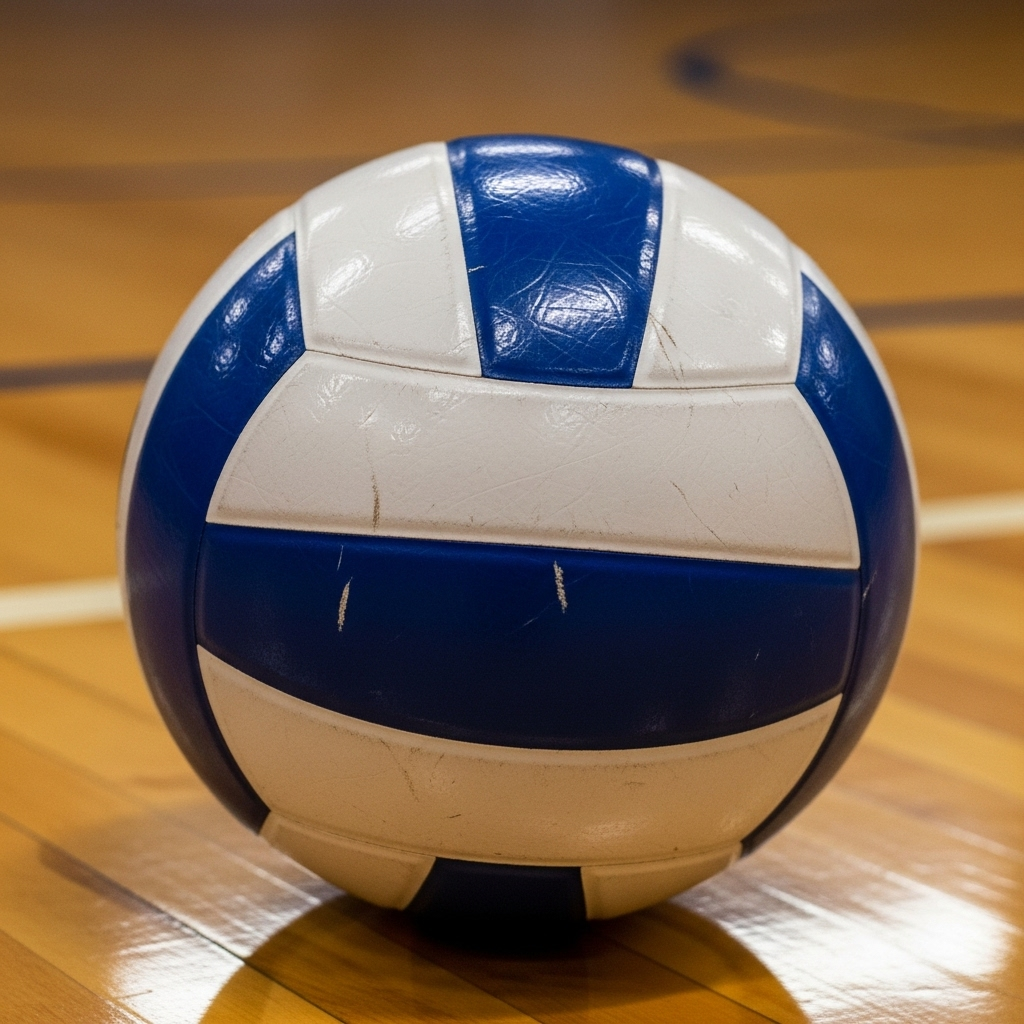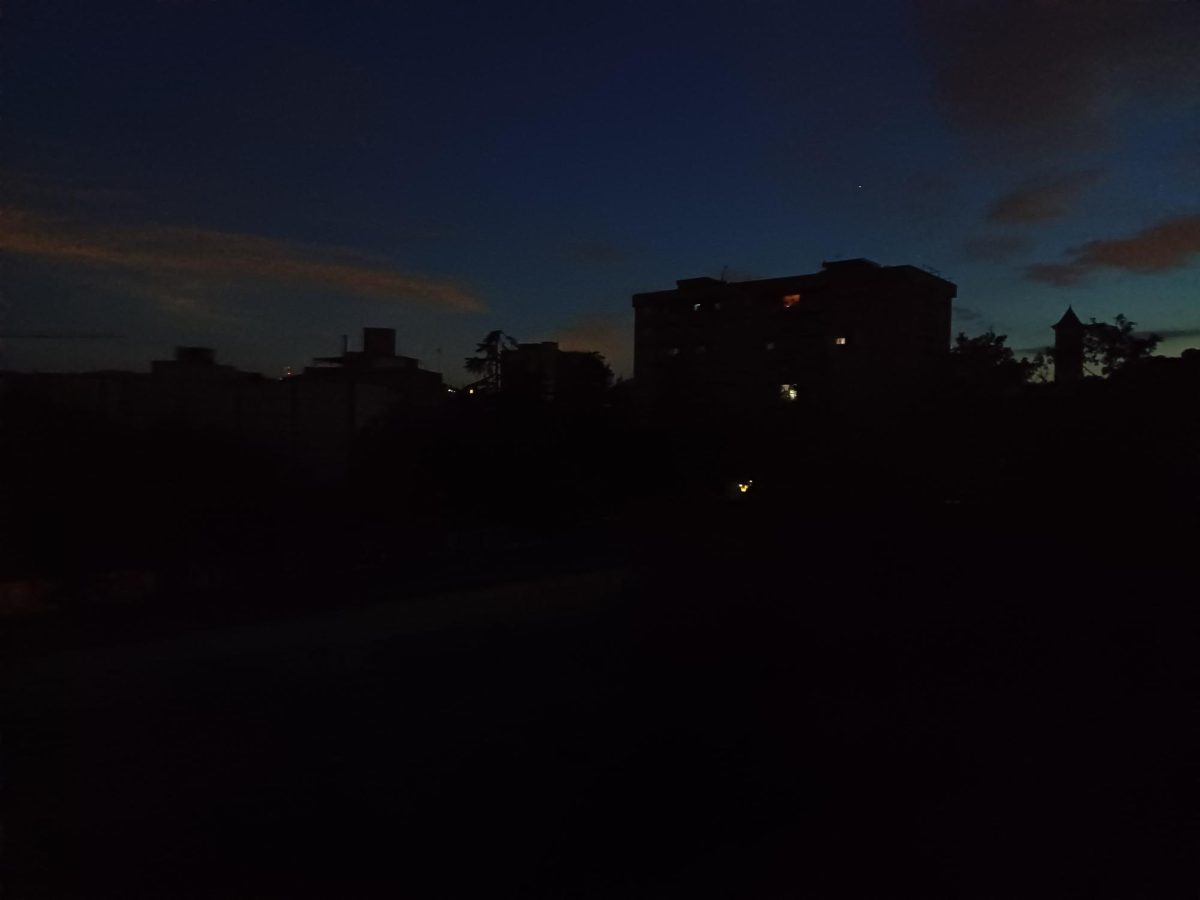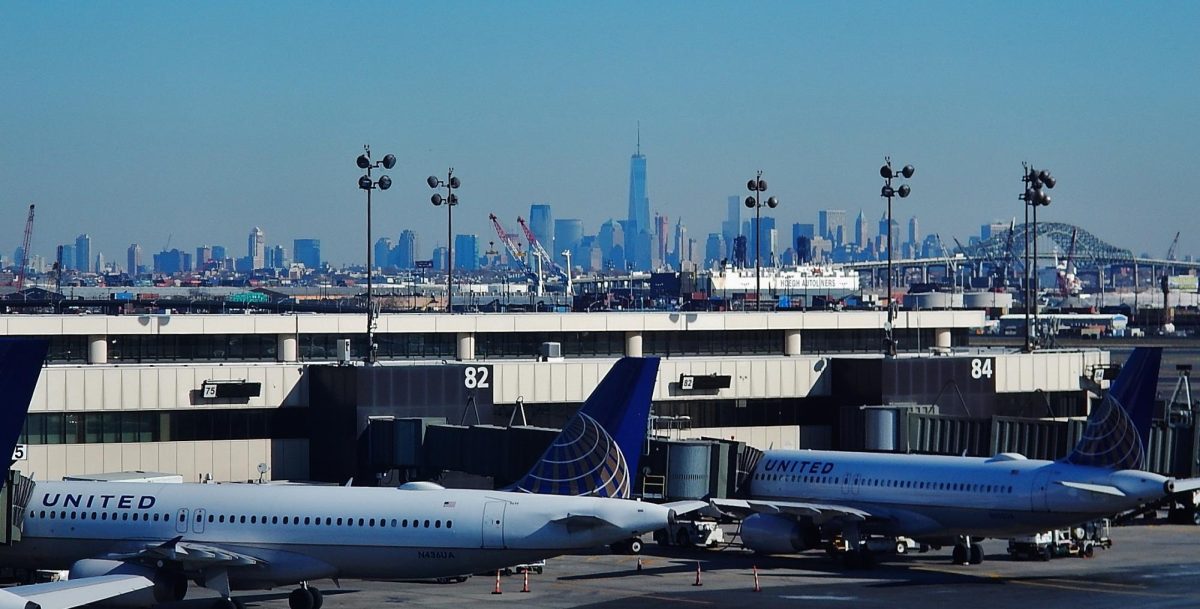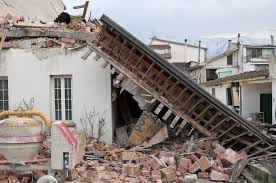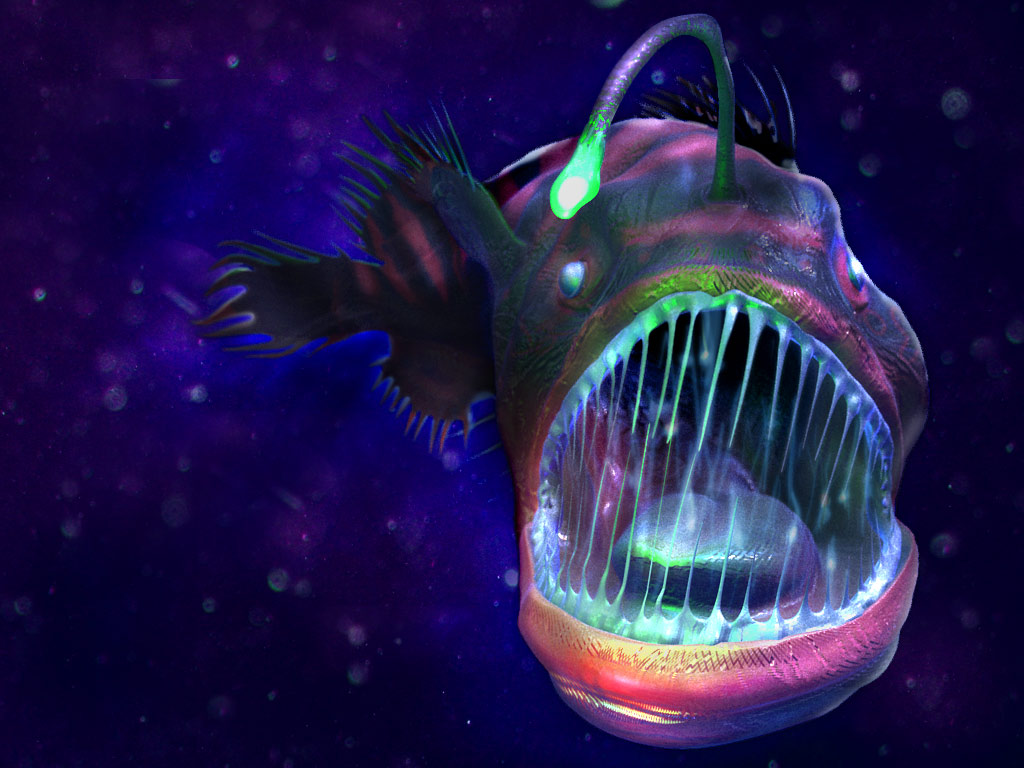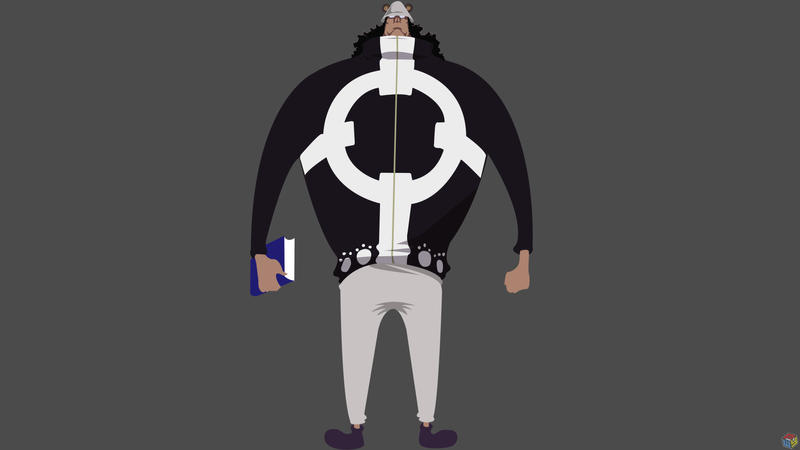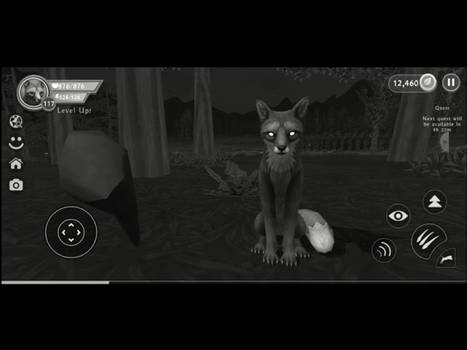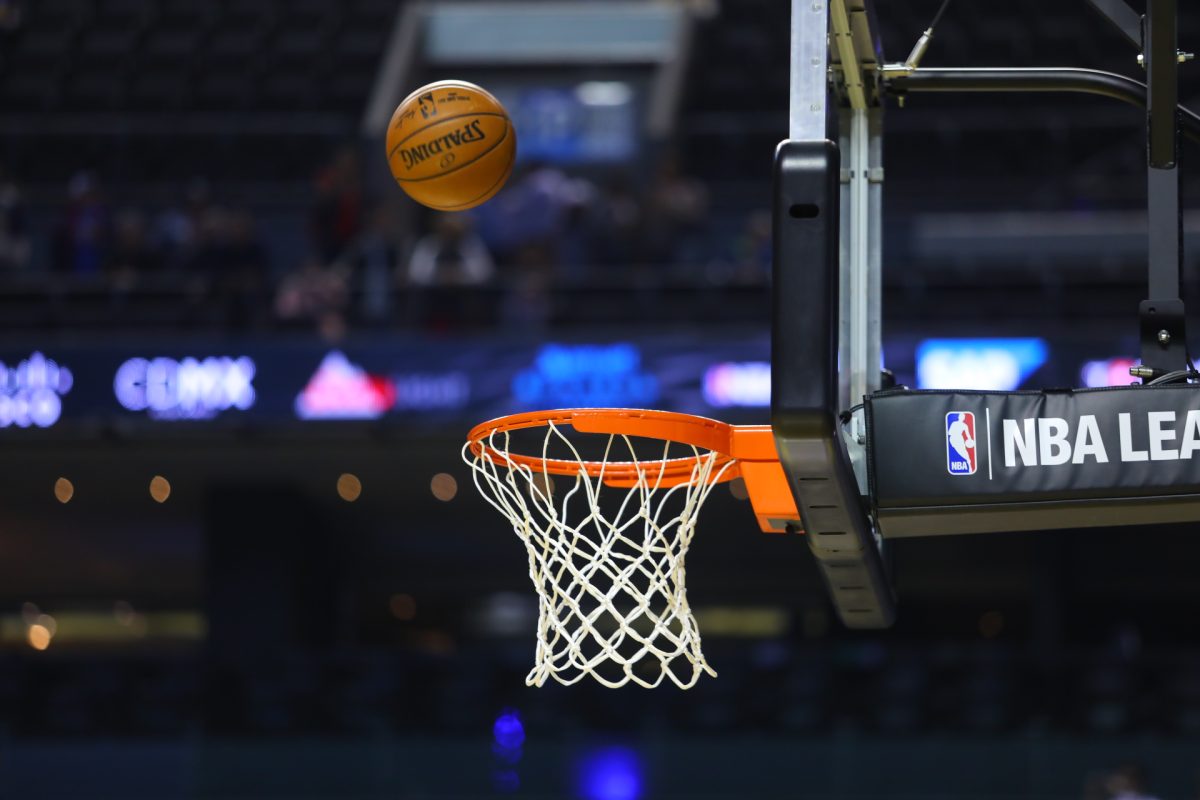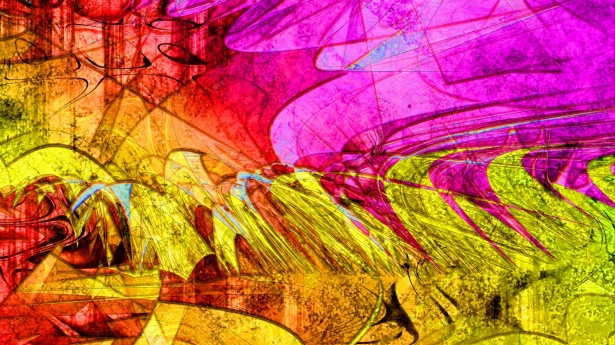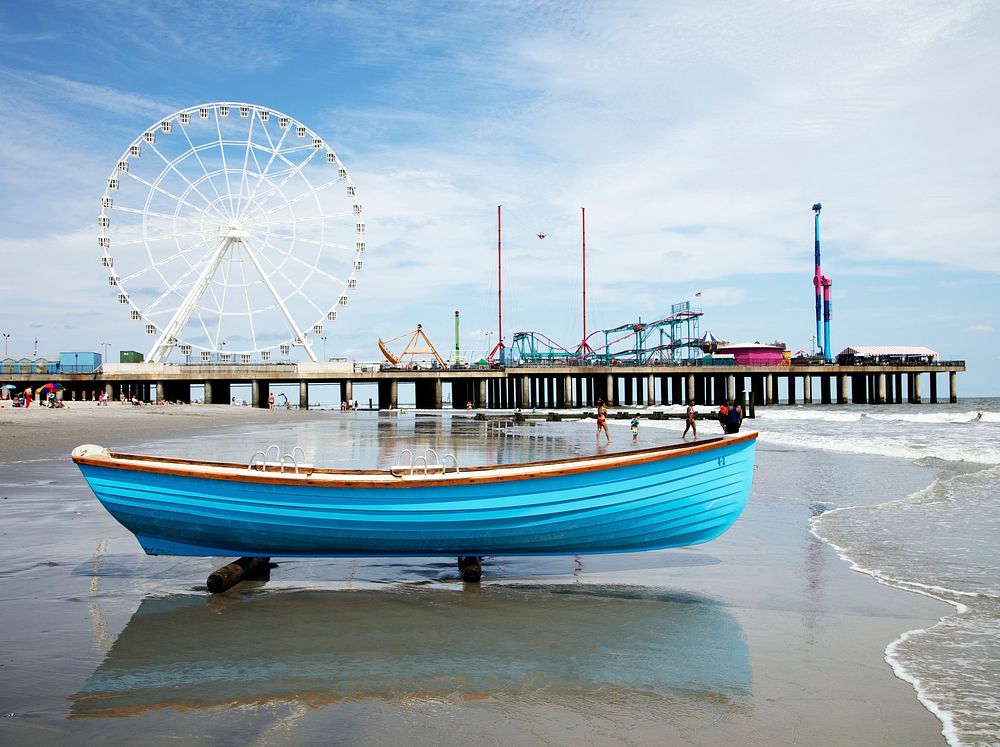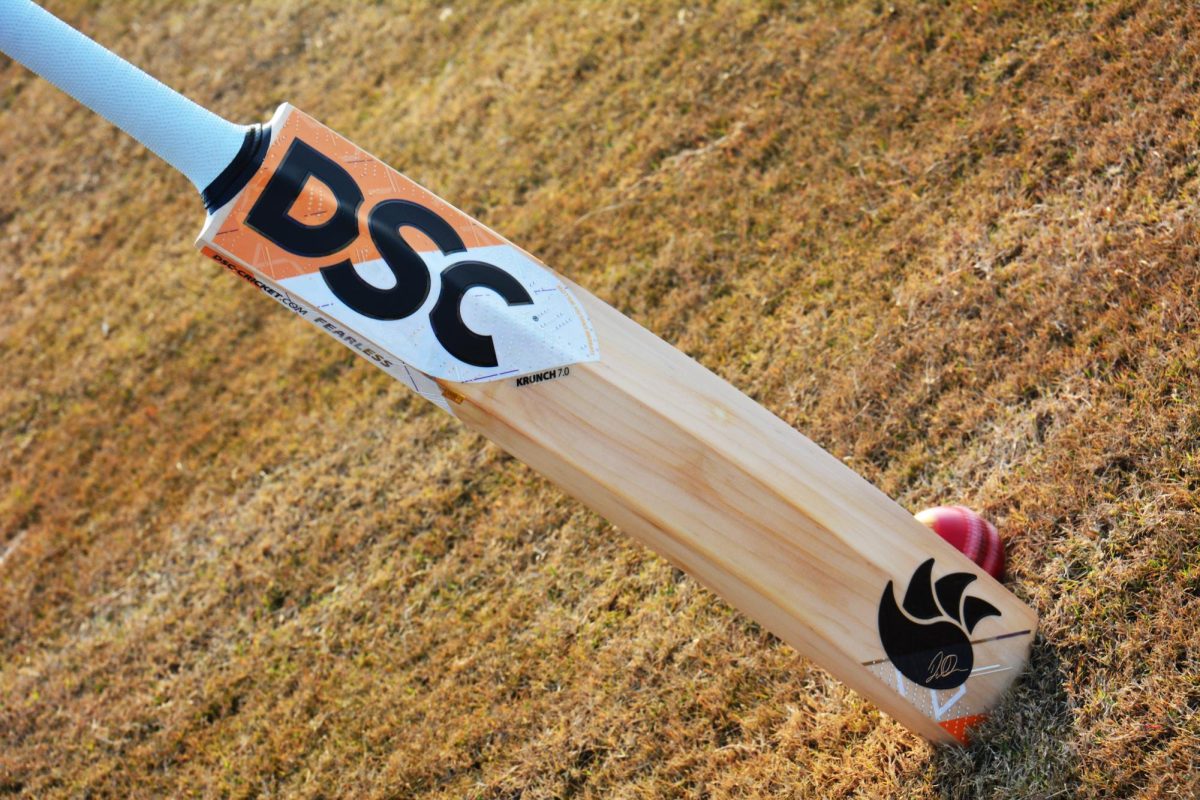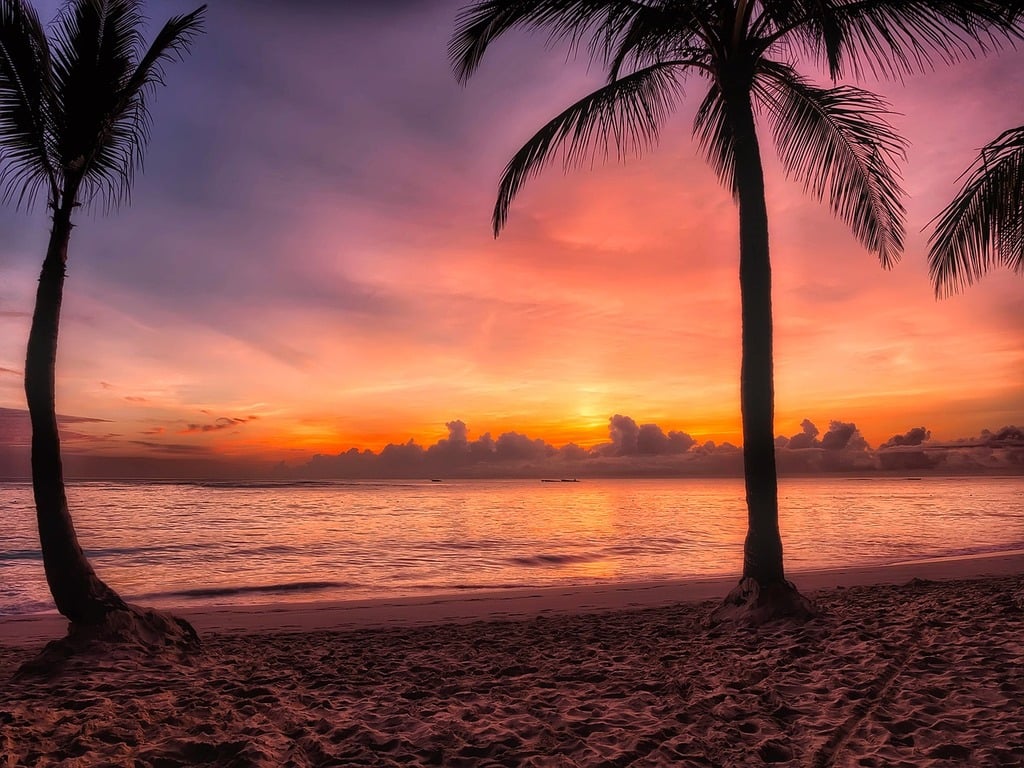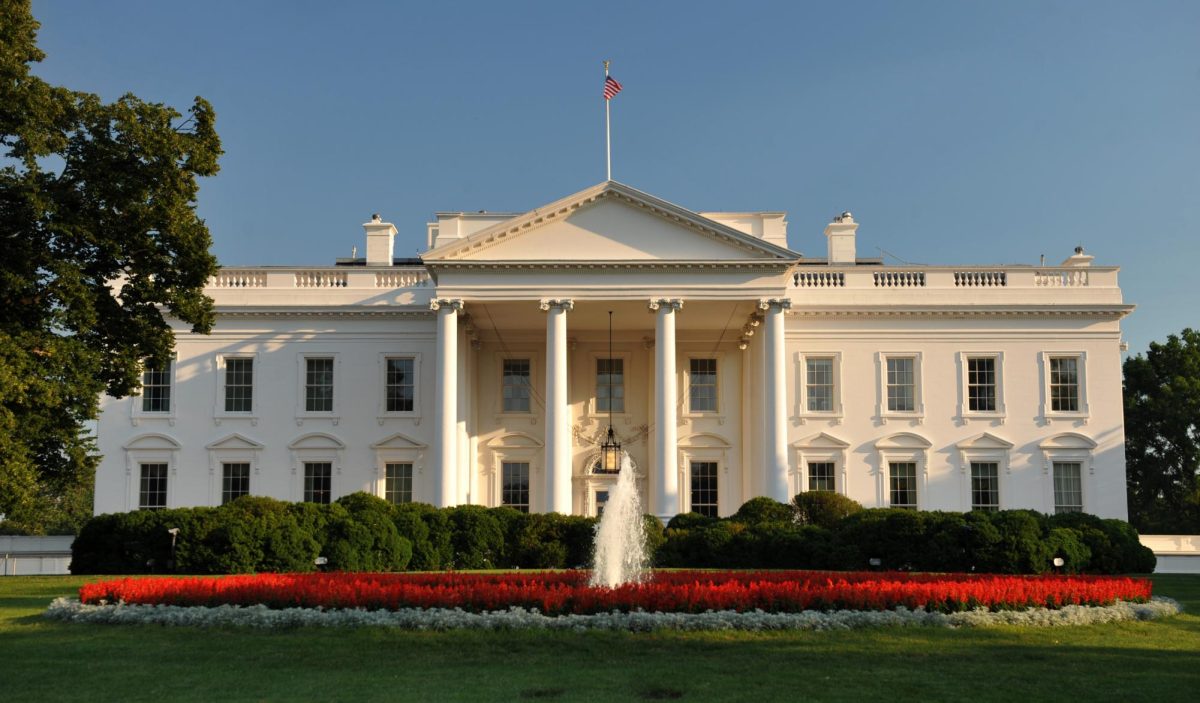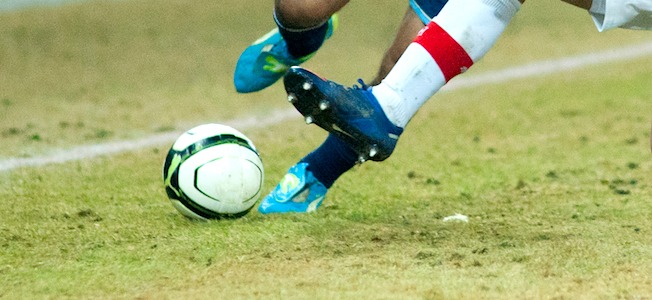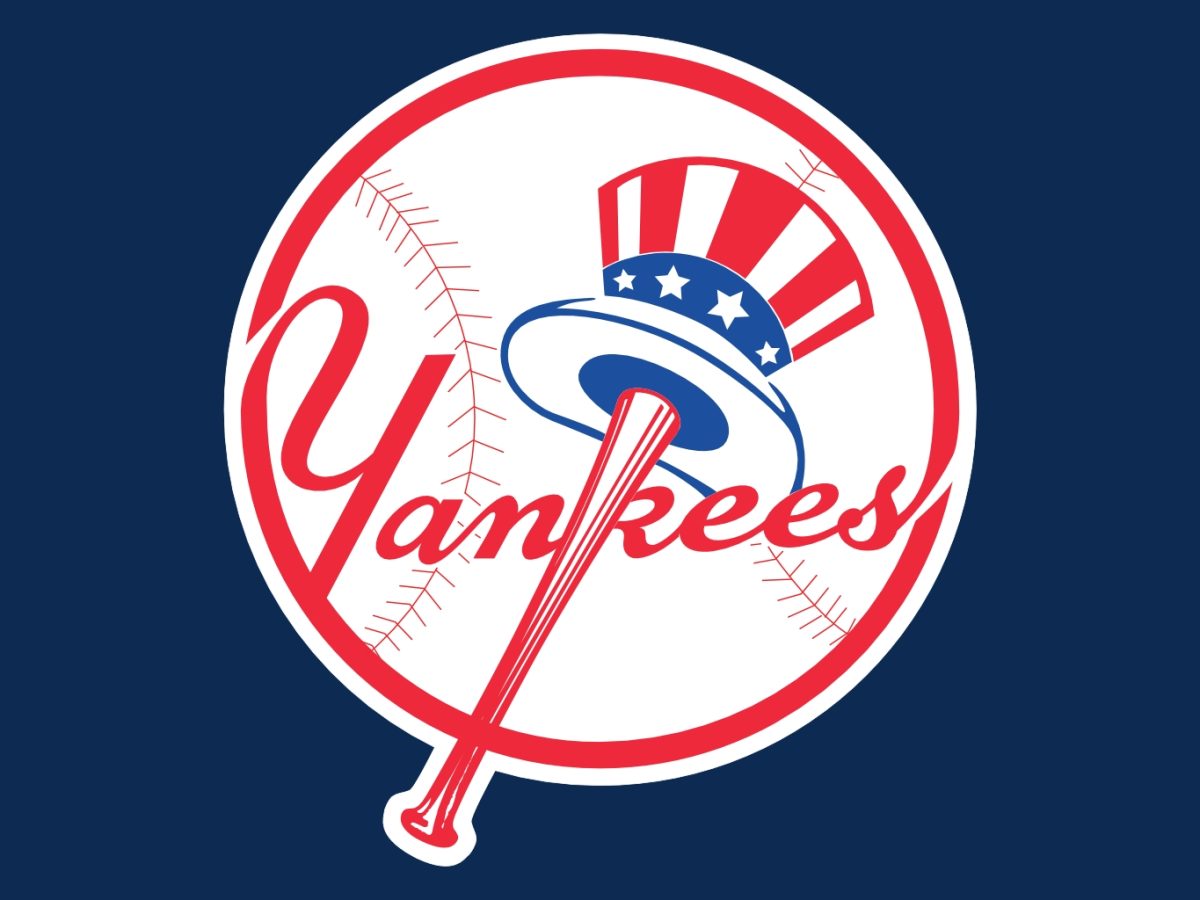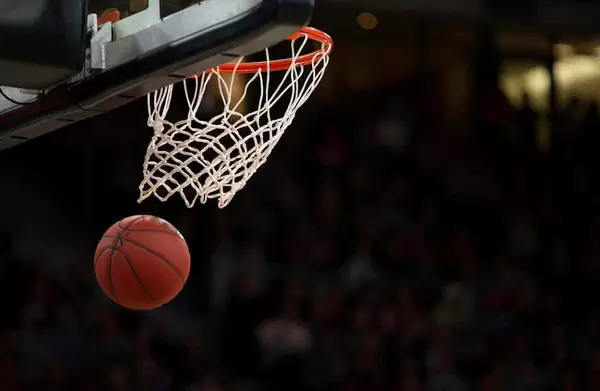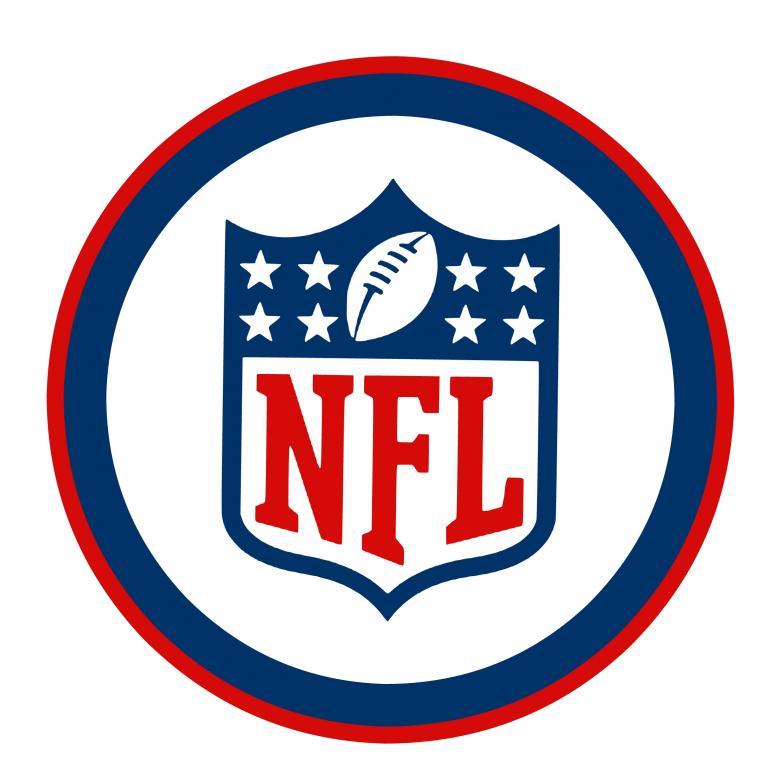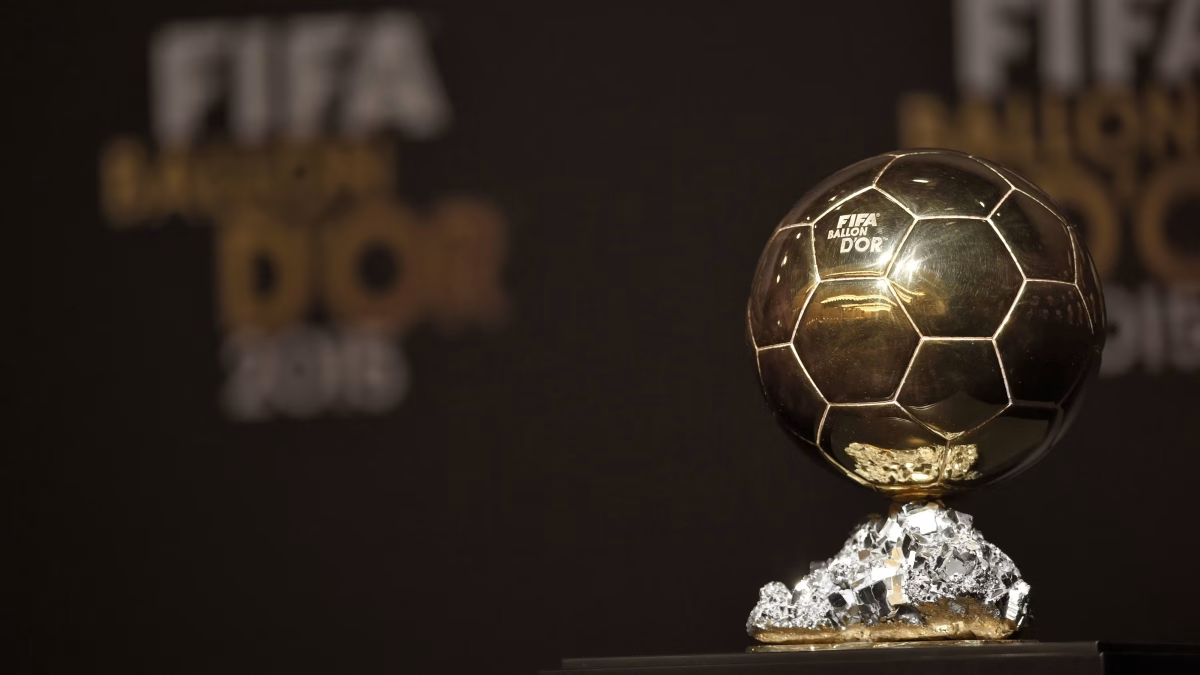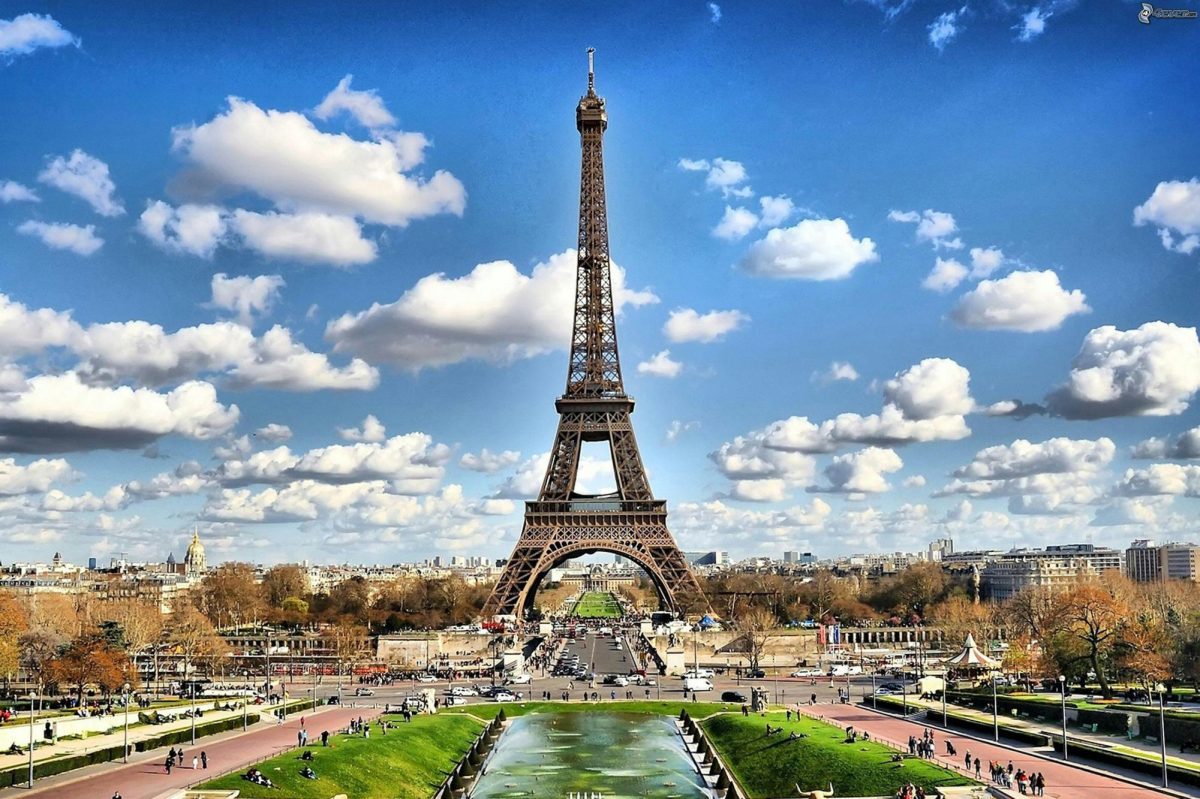The Iron Lady (Eiffel Tower) is a giant iron tower in the center of Paris, France near the Seine River.
In addition to creating the Eiffel Tower, the French engineer Alelandre Gustave Eiffel (Gustave The Great) also helped create the Statue Of Liberty.
Once on the first floor were Paris’s smallest and highest post offices. Now there are pavilions, benches, and exhibits about the tower.
Once on the second floor was a print office that produced the local newspaper, called Le Figaro, every day. It now contains a restaurant and an observation deck.
On the third floor (the top) stands an observation deck that could once be reached by a scary outdoor spiral staircase. Now it is accessible by the elevators. There is a small apartment formerly housed by Gustave The Great for his science experiments.
The Iron Lady was only supposed to stand for 20 years and then be torn down. It later became the symbol of France and also became one of the most beloved structures in the world, along with The Statue Of Liberty, Big Ben, The Golden Gate Bridge, The Leaning Tower Of Pisa, The White House, The Sydney Opera House, etc.
There are two wind turbines installed in the Eiffel Tower just above the second floor. They are able to provide enough electricity to power the stores and facilities on the three levels.
There is another name for the Eiffel Tower, which is The Iron Lady in French and such is La Dame de Fer. Most people that live in France call it La Dame de Fer.
The name Iron Lady is a feminine term. The Iron lady is referred to as she, her, lady, and girl.



